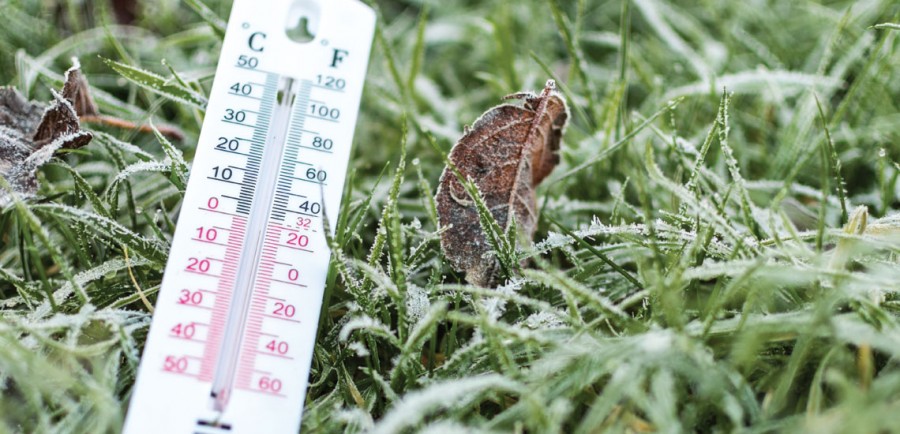Soil Temperatures and Dormancy

You might have noticed your lawn is starting to slowdown in growth, where you are mowing less frequently, and the grass might also have lost a little bit of colour.
Most Australian lawns consist of warm-season turfgrasses. Kikuyu and Soft Leaf Buffalo lawns are the most common types and fit into this category. As the name ‘warm-season’ suggests; that’s the time when these grasses are actively growing and during the cooler months they slow down and can go into a certain level of dormancy; slowing growth and discolouring over winter. Warm-season grasses will experience different levels of dormancy depending on your area.
Dormancy is a protection method that lawn grasses use to withstand freezing temperatures and frost with the grass leaves thinning and drying out and the plant’s energy being stored in the lower parts of the grass stem and root areas. Warm-season turfgrasses like Sir Walter rarely go into full dormancy in Australia, as the winters don’t really get cold enough.
As the weather starts to cool down, so does lawncare with the grass not growing as vigorously. This change in growth normally occurs in warm-season grasses at soil temperatures around 14 degrees Celsius. It is not until this soil temperature consistently rises back above this temperature that your lawn will start to speed up its growth again.
If you have a warm season grass, make sure you raise the mowing height a little to help it retain nutrient during the cooler months.
A lawn in dormancy will lose some colour as it is conserving energy, this is not anything to worry about and is completely common. This is no different to trees and other plants which also turn beautiful golden browns and oranges during the autumn season. You can fight it, but it’s easy to embrace it and enjoy the variation!


